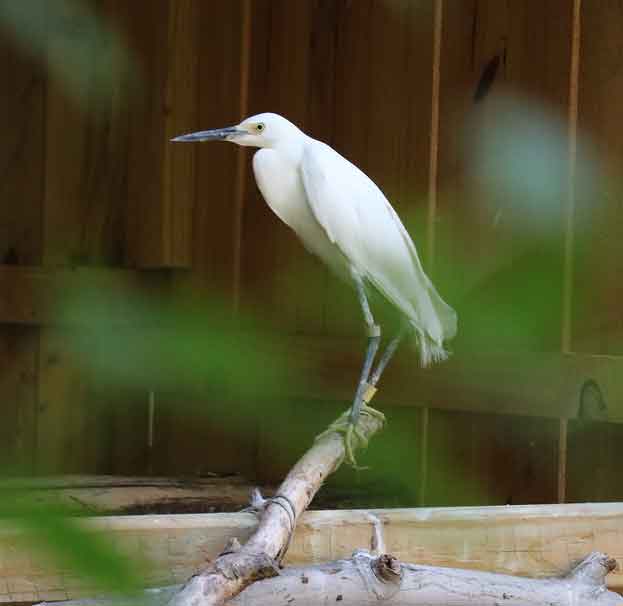Meet Our Animals
The Brandywine Zoo proves that great things do come in small packages. The Zoo features animals from the tropical and temperate areas of North and South America, Asia and Africa. Our animals range from more common species to the highly endangered. All enjoy natural settings and welcome your visit to the zoo. Some animals may be off exhibit during cold weather.
Egretta thula
Snowy Egret

Habitat
Geographic Region & Range
Diet
Physical Description
Medium-sized herons with long, thin legs and long, slender, bills. Adult snowy egrets have entirely white plumage, with a black bill, black legs, and yellow feet and eyes. Breeding adults develop long, delicate plumes off their breast and are also characterized by their change in foot color, from yellow to orange.
Lifespan
16-22 years
Threats
Status

What are AZA Zoos doing for
Snowy Egret
There are 24 managed species in the Ciconiiformes, Phoenicopteriformes, and Pelecaniformes TAG, as of 2021, which is what egrets fall under.
